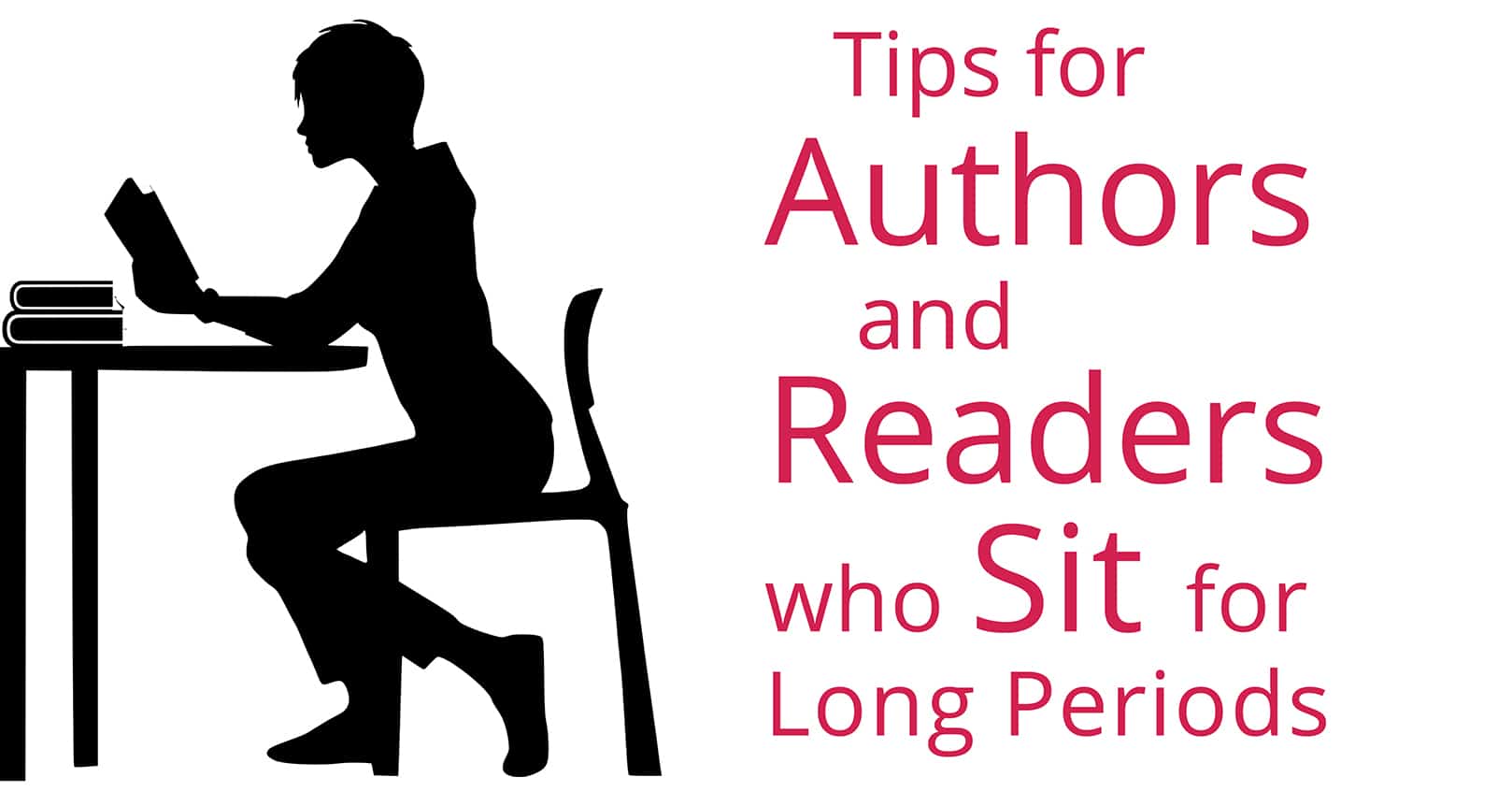
I don’t have to tell authors—or readers—how sitting for extended periods makes for sore muscles. We get so engrossed in what we’re reading or writing, we forget to move. Expensive solutions like treadmill and bicycle desks are popular these days, but I’d like to offer simple, inexpensive, pain-relief ideas. The only cost is intentionality and time.
One of the best tools to keep a body moving is the Pomodoro Technique. According to the HealthyDeskDweller.com, the method was developed by a man named Francesco Cirillo in the 1980s as a way to improve productivity. Since then, individuals have also used it as a reminder to step away from their desks for a few minutes.
You can buy the book on the Pomodoro Technique here.
The basic idea is to work for 25 minutes and then take a break for five minutes, with an additional two or three 40-minute breaks in a day. Like Francesco Cirillo, I discovered the value of a timer. When I use one, I stop what I’m doing and get up. When I assume I’ll naturally take a break every half-hour or so, that half hour can become two or three hours—and I suffer the consequences.
What should you do during your breaks? (Other than the obvious, like visit the restroom and put the chicken thighs out to thaw?) I’ll start with what not to do, and that’s to remain in your chair, watching cat videos or checking social media. The idea is to GET UP and MOVE. If necessary, you can respond to phone messages and text messages while walking around your house, yard, or office. Just be careful to keep your head lifted to avoid neck and shoulder strain. (You’ve heard your head is heavier than a bowling ball, right?)
Our current home is a two-story house, so I sometimes trot up and down the stairs during the five-minute breaks to get the heart pumping. Or I do yoga stretches. On laundry day, I move clothes between the upstairs bedrooms and downstairs laundry room and between machines. Others who work at home—and many do these days—may find themselves chasing toddlers, letting the cat in and out, or gathering trash their dog extracted from the garbage can when they were deep into an exciting scene.
Plenty of exercise prompts are available on the internet, but I find this four-minute workout perfect for the short breaks. It hits all the muscle groups and gets the blood flowing. Plus, it’s energizing. The doctor who leads the workout suggests we do it three times a day. You, of course, can do it more or less often, depending on your schedule and needs.
A chiropractor once visited our writing group and recommended these quick, simple, shoulder/neck exercises. While standing tall, extend your arms into an “L” and then switch the upper and lower arms to form another “L.” Then make a “T” by stretching your arms out at shoulder height, then a “W” by bending your forearms upward. And finally, make a “V” by raising your arms overhead. Do that several times and your shoulders will be much happier. She also recommended a 30-minute walk every day.
So, what about those 40-minute breaks? What I don’t include in the breaks is the 20-40 minutes of yoga I do before I eat breakfast and head to my desk. I eat lunch during the first long break and walk my neighborhood during the second one. Fresh air, in my humble opinion, is the best thing in the world to clear the head. If you need to work into the evening—or you’re anxious to return to the page-turner you’ve been reading, be sure to take another 40-minute break before you do so.
A word about standing desks and platforms. My platform is a great device to use when my body is ready for a change. But I’ve found that standing isn’t a substitute for moving. I still need to walk and do yoga each day, plus leave my desk during the short breaks.
Reporting on a longevity study for Popular Science, David Nield wrote, “Exercise does two main things: it boosts metabolism and contributes to weight loss or weight stability. Those two factors significantly increase your chances of living longer. But researchers are finding a whole bunch of other things that happen in your body when you exercise, like the creation of new heart cells and an increase in bone strength.”
Exercise also helps us think better, something all writers appreciate. In “5 Ways to Energize Your Mind at Work (Backed by Science),” Ryan Scott encourages readers to move whenever possible, get enough sleep, hydrate, drop room temps, and declutter workstations to increase mental energy. “The more blood that pumps, the more oxygen reaches your brain, which improves the sharpness of thought, alertness, and powers your ability to be cognitively productive.”
He reminds readers that “The ‘water’ in sodas, coffee, tea, fruit juices, and the like, does not count as it is accompanied by sodium or a diuretic (including caffeine) which flushes water from the body. It needs to be pure water.”
Thousands, probably millions, of articles have been written about nutrition, so I won’t dive into that aspect of good health. But I would add that when we keep food at our desks or next to our reading chair, snacking can become a mindless habit to stave off boredom or satisfy a sweet tooth. Junk food and/or constant nutritional intake not only harms our health but adds unneeded pounds.
As you can see, I added food-and-drink thoughts to the movement theme I began with, but we are holistic creatures, and feeling good requires an intentional look at all aspects of our lifestyles. Examine your daily habits and you may find behaviors you can tweak to make your chair time more pleasurable and productive.
Happy reading and writing!

















this information and guidance just seems right and I intend to put it into practice. thank you so much from Estepona Spain (more writing then reading just now but whichever dominates in the months ahead I need to implement movement.) I started today with 5k walk along the beach promenade preceded and followed by taking 48 steps up and 48 down on the building staircase. followed by glasses of water = ready to write.